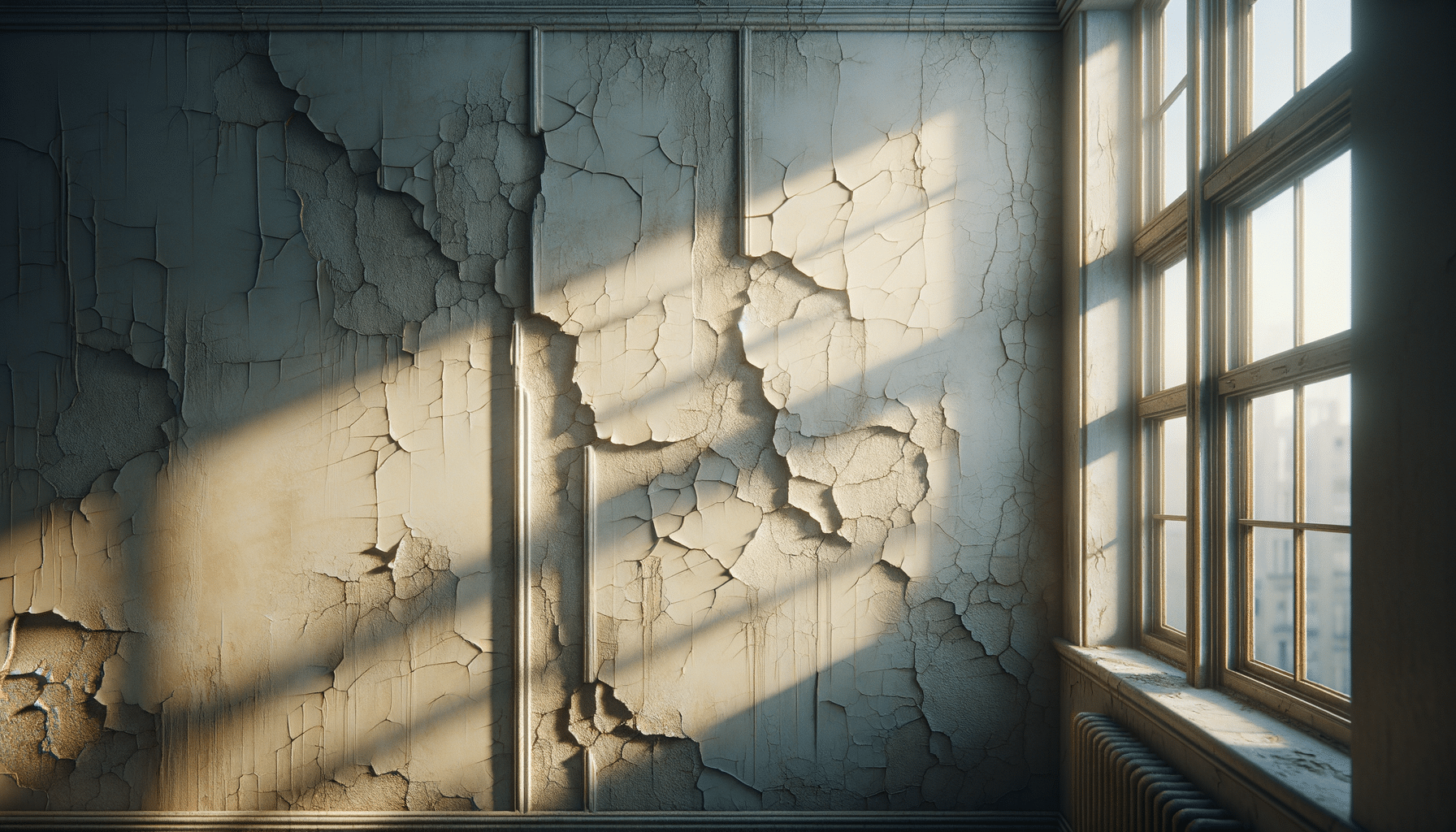
Wall cracks, floor cracks? Discover 5 affordable DIY repair techniques!
Understanding Different Types of Cracks
Cracks in walls and floors are not just an eyesore but can also indicate underlying structural issues. It is essential to understand the type of crack you are dealing with to apply the appropriate repair technique. Cracks can be categorized into several types:
- Hairline Cracks: These are minor cracks that are usually cosmetic. They often occur due to the natural settling of a building.
- Structural Cracks: These are more severe and can indicate a potential threat to the structural integrity of your home. They often appear at 45-degree angles and can widen over time.
- Expansion Cracks: These cracks occur due to temperature changes and the expansion and contraction of building materials.
Identifying the type of crack is the first step in determining the right repair method. For instance, hairline cracks might only require a simple filler, while structural cracks could need professional assessment and repair.
Materials You Will Need for Crack Repair
Once you have identified the type of crack, selecting the correct materials is crucial for effective repair. The materials you choose depend on the nature and severity of the crack. Here are some common materials used in crack repair:
- Crack Fillers: These are ideal for hairline cracks and are available in various forms such as paste, liquid, or powder.
- Epoxy Resins: Perfect for structural cracks, epoxy resins provide a strong bond and can reinforce the integrity of the structure.
- Concrete Patches: Used for larger cracks in concrete surfaces, these patches are durable and weather-resistant.
Having the right materials on hand ensures that you can address the issue effectively and prevent further damage. It is always advisable to follow the manufacturer’s instructions for the best results.
DIY Techniques for Repairing Cracks
Repairing cracks can often be a straightforward DIY task if you have the right materials and knowledge. Here are some techniques you can use for different types of cracks:
- Filling Hairline Cracks: Use a crack filler to fill in the gaps. Apply the filler with a putty knife and smooth it out for an even finish.
- Sealing Structural Cracks: For more severe cracks, use an epoxy resin. Inject the resin into the crack and allow it to cure according to the manufacturer’s instructions.
- Patching Concrete Cracks: Clean the crack thoroughly and apply a concrete patch. Use a trowel to ensure the patch is evenly spread and flush with the surrounding surface.
These methods can help you maintain your home’s aesthetic and structural integrity without the need for professional intervention, saving you time and money.
Preventative Measures to Avoid Future Cracks
While repairing cracks is essential, taking preventative measures can help minimize the occurrence of future cracks. Here are some tips to consider:
- Regular Maintenance: Conduct regular inspections of your home to identify and address potential issues before they become significant problems.
- Control Moisture Levels: Moisture can cause materials to expand and contract, leading to cracks. Ensure proper drainage and consider using dehumidifiers.
- Temperature Regulation: Sudden temperature changes can cause expansion cracks. Maintain a consistent indoor temperature to prevent stress on materials.
Implementing these measures can prolong the life of your home’s surfaces and reduce the need for frequent repairs.
When to Seek Professional Help
While many cracks can be repaired with DIY techniques, some situations require professional intervention. It is crucial to recognize when to seek expert advice:
- Large or Widening Cracks: If a crack is growing or is more than 0.3 inches wide, it could indicate a significant structural issue.
- Cracks Accompanied by Other Issues: If you notice cracks alongside other problems like doors and windows not closing properly, it might be time to consult a professional.
- Persistent Moisture Problems: If cracks are due to ongoing moisture issues, a professional can help identify the source and provide a long-term solution.
Professional assessment ensures that any underlying structural issues are addressed, preventing costly repairs in the future.


